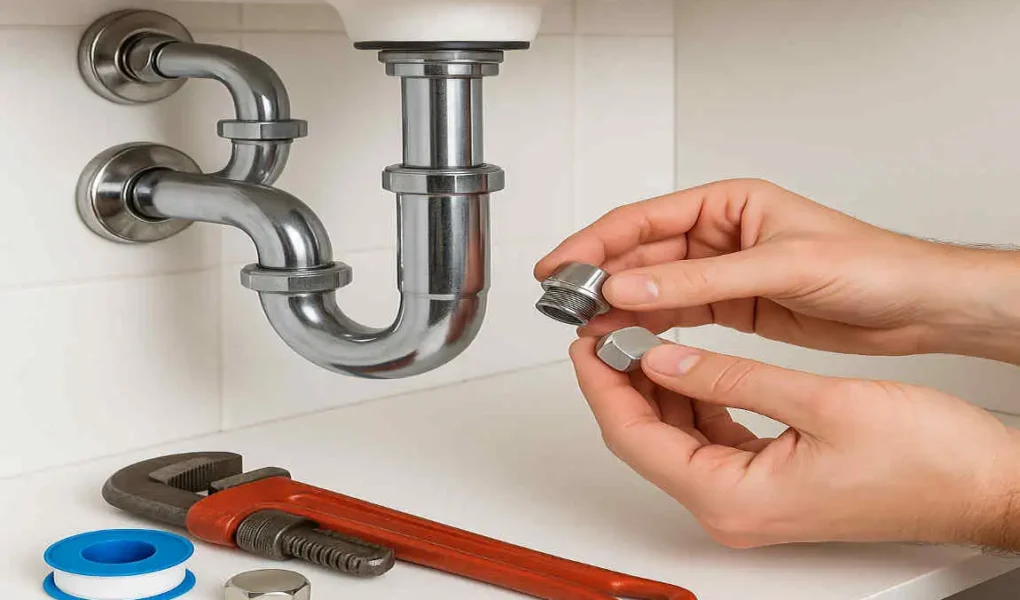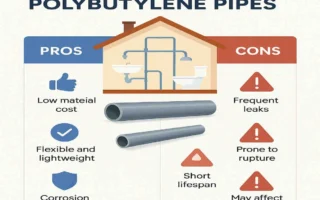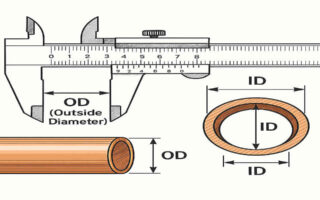Are you planning a home renovation or need to make some repairs? Capping off sink plumbing might be on your to-do list. It’s a crucial step that can save you from potential headaches down the road.
Whether you’re upgrading your kitchen, bathroom, or any other space with a sink, knowing how to cap off sink house plumbing is essential. It helps prevent leaks, odors, and pest issues that can arise from exposed pipes.
What Does It Mean to Cap Off Sink Plumbing?
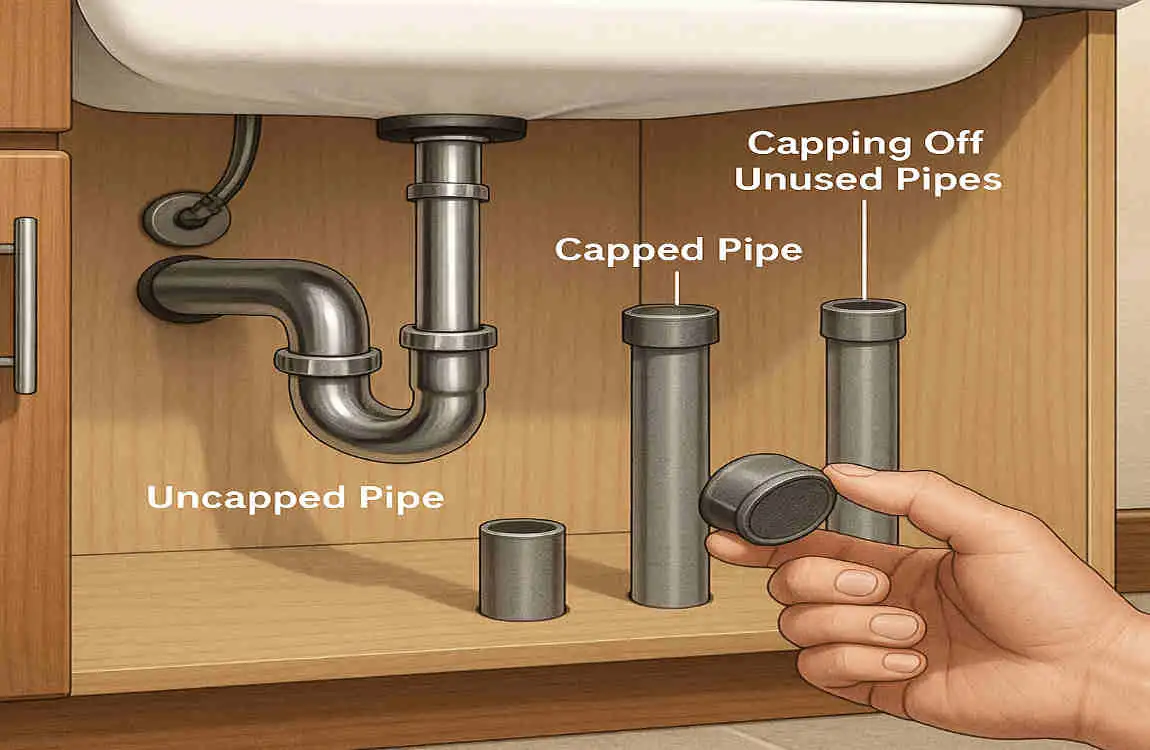
Before we delve into the details of the process, let’s clarify what it means to cap off a sink plumbing line. Essentially, capping off involves sealing the end of a pipe to prevent water, air, or any other substance from flowing through it.
Capping off is different from disconnecting or removing plumbing entirely. When you cap off a pipe, you leave it in place but block its opening. This is often done when you’re temporarily or permanently removing a sink but want to keep the plumbing infrastructure intact for future use.
Sink plumbing typically involves pipes located under the sink, connecting to the main water supply and drainage system. These pipes can be made of various materials, such as PVC, copper, or galvanized steel, each requiring specific capping methods.
When and Why You Should Cap Off Sink Plumbing
There are several situations where capping off sink plumbing becomes necessary. One common scenario is during home renovations or remodeling projects. If you’re removing a sink to make way for a new layout or design, capping off the plumbing ensures that the rest of your home’s plumbing system remains unaffected.
Another reason to cap off sink plumbing is when you’re replacing or repairing a sink. By capping off the pipes, you prevent water from leaking out of the system while you work on the sink itself.
Properly capping off sink plumbing offers several benefits. It helps prevent leaks, which can lead to water damage and mold growth if left unchecked. Capping also keeps unpleasant odors from entering your home through the exposed pipes. Additionally, it deters pests, such as insects and rodents, from using the pipes as an entry point into your living space.
Neglecting to cap off pipes can have serious consequences. Leaks can cause structural damage to your home, leading to costly repairs. Uncapped pipes can also attract pests and create unsanitary conditions. By taking the time to properly cap off your sink plumbing, you’re protecting your home and your family’s health.
Tools and Materials Needed to Cap Off Sink Plumbing
Before you start capping off your sink plumbing, it’s essential to gather the right tools and materials. Here’s a list of what you’ll need:
- Pipe wrench
- Hacksaw
- Plumber’s tape
- Pipe caps (PVC, threaded, or rubber, depending on your pipe type)
- Gloves
- Goggles
The materials you’ll need depend on the type of pipe you’re working with. For PVC pipes, you’ll need PVC caps and PVC cement. Copper pipes require threaded caps and plumber’s tape. Galvanized pipes may need rubber caps or threaded caps, depending on the situation.
When purchasing materials, opt for quality products to ensure a long-lasting seal. Cheap caps or tape may not hold up over time, leading to leaks and requiring the job to be redone.
Don’t forget to prioritize safety. Wear gloves to protect your hands from sharp edges and chemicals. Goggles are essential to shield your eyes from debris and splashing water.
Step-by-Step Guide: How to Cap Off Sink Plumbing
Now that you have your tools and materials ready, let’s walk through the step-by-step process of capping off sink plumbing.
Turn Off Water Supply
Before you start working on the pipes, it’s crucial to turn off the water supply. Locate the shutoff valves under the sink or near the main water line. Turn them clockwise until they’re fully closed. This prevents water from flowing through the pipes while you work.
Drain the Pipes
Even with the water supply turned off, there may be residual water in the pipes. To avoid spills, drain the pipes by opening the faucet and letting any remaining water flow out. You can also use a bucket or towel to catch any drips that may occur.
Remove the Sink and Fixtures (If Applicable)
If you’re removing the sink entirely, you’ll need to disconnect the plumbing fixtures. Use a pipe wrench to loosen the nuts connecting the sink to the pipes. Be careful not to damage the pipes or fittings during this process.
Identify Pipe Type and Size
Before you can cap off the pipes, you need to know what type of pipes you’re working with and their size. Common types include PVC, copper, and galvanized steel. Measure the diameter of the pipes to ensure you get the right size caps.
Cut the Pipe Cleanly
Using a hacksaw, carefully cut the pipe at the desired location. Make sure the cut is house clean and straight to ensure a proper seal with the cap. Wear gloves and goggles to protect yourself from sharp edges and debris.
Choose the Correct Cap
Select the appropriate cap based on your pipe type and size. PVC pipes require PVC caps, which are secured in place with glue. Copper pipes use threaded caps, which screw onto the pipe. Galvanized pipes may use either threaded or rubber caps, depending on the situation.
Apply Plumber’s Tape or Sealant (if needed)
To ensure a watertight seal, apply plumber’s tape or sealant to the threads of the pipe or cap. Wrap the tape clockwise around the threads, overlapping each pass slightly. If using sealant, apply a thin, even layer according to the manufacturer’s instructions.
Attach the Cap Securely
Fit the cap onto the pipe, making sure it’s properly aligned. Tighten the cap using a pipe wrench, being careful not to overtighten and damage the pipe or cap. For PVC caps, apply PVC cement to the inside of the cap and the outside of the pipe, then quickly press them together.
Test for Leaks
With the cap securely in place, it’s time to test for leaks. Turn the water supply back on and check the capped pipes for any signs of dripping or moisture. If you notice any leaks, turn off the water and tighten the cap further or replace it if necessary.
Troubleshooting Tips
- If the cap leaks, try tightening it further or replacing it with a new one.
- If the pipe is damaged or corroded, you may need to cut back further to find a clean section to cap.
- If you’re having trouble getting a tight seal, double-check that you’re using the correct size and type of cap for your pipe.
Tips for Safely and Effectively Capping Off Sink Plumbing
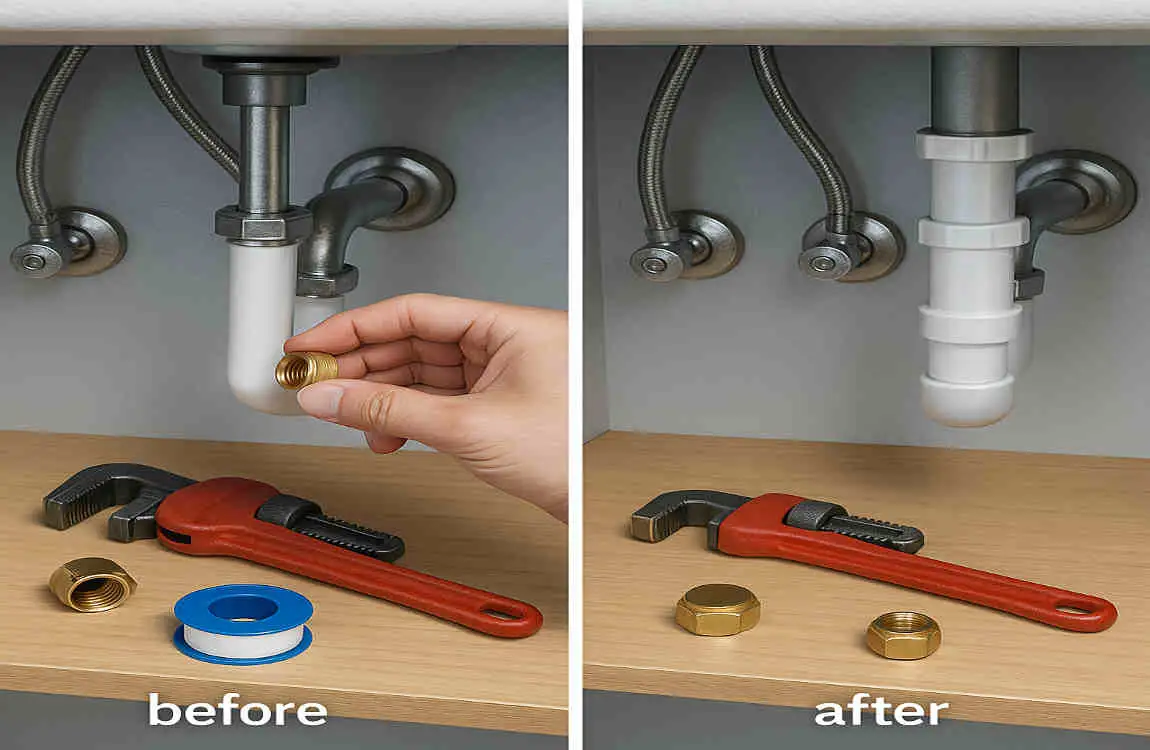
To ensure a successful capping off project, keep these tips in mind:
- Always double-check that the water supply is turned off before starting work.
- Handle different pipe materials with care, as they may have different properties and requirements.
- If you’re unsure about any aspect of the process, don’t hesitate to call a professional plumber for assistance.
- Avoid common mistakes, such as using the wrong size cap, not applying enough sealant, or overtightening the cap.
By following these tips and the step-by-step guide, you’ll be well on your way to safely and effectively capping off your sink plumbing.
Alternatives to Capping Off Sink Plumbing
While capping off sink plumbing is the most common solution, there are alternative methods you can consider:
- Using a plug or stopper: These can be inserted into the pipe opening to temporarily block water flow.
- Temporary sealing methods: Silicone or rubber seals can be used to cover the pipe end, but they may not be as secure as a proper cap.
- Permanent pipe removal: If you’re sure you won’t need the plumbing in the future, you can completely remove the pipes instead of capping them off.
Each of these alternatives has its pros and cons, so consider your specific situation and needs before deciding on the best approach.
Maintenance and Inspection After Capping Off
Even after you’ve successfully capped off your sink plumbing, it’s essential to periodically monitor the caps to ensure they remain secure. Here’s what you should do:
- Inspect the caps periodically for signs of leaks, cracks, or damage.
- Look for water stains, drips, or moisture around the capped pipes.
- If you notice any issues, replace the cap as soon as possible to prevent further damage.
- Keep the area around the capped pipes clean and free of debris to avoid clogs or pest infestations.
By regularly maintaining and inspecting your capped sink plumbing, you can ensure that it remains secure and functional for years to come.

